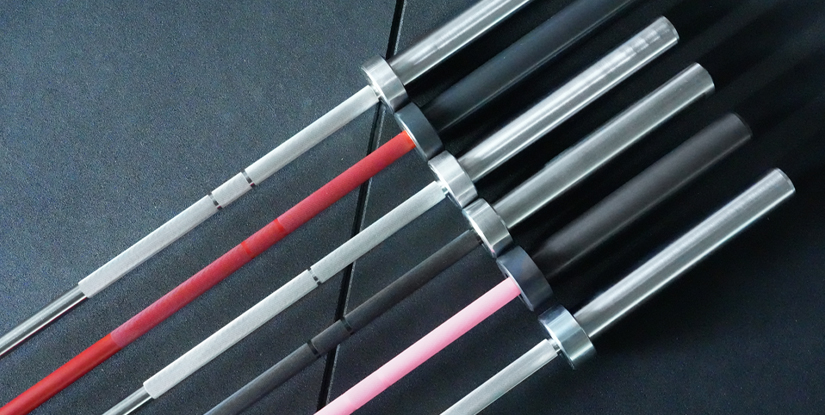Door Pull Up Bar: Buyer's Guide, Installation & Safety Tips

Door Pull Up Bar: Efficient Upper-Body Training at Home
A door pull up bar is a compact, versatile piece of fitness equipment designed to enable effective upper-body and core workouts within a home environment. Engineered for convenience, these bars typically mount to a door frame or hang over the top of a door without permanent fixtures. They provide a cost-effective solution for performing pull-ups, chin-ups, hanging leg raises, and other bodyweight movements that build strength, stability, and functional fitness.
Key Benefits
- Space-efficient: Ideal for apartments and small home gyms where floor space is limited.
- Cost-effective: Affordable compared with full-size power racks or gym memberships.
- Versatile: Supports a range of exercises for back, shoulders, arms, and core.
- Portable: Easily installed and removed for travel or storage.
- Progressive training: Compatible with resistance bands and weighted vests for scalable intensity.
Types of Door Pull Up Bars
There are three primary styles to consider:
- Over-the-door bars – These hang over the top of the door frame and often require minimal assembly. They are suitable for moderate loads but depend on door frame strength.
- Bracket-mounted bars – These use wall-mounted brackets or hardware attached to the frame. They offer higher load capacity and greater stability but require drilling.
- Telescoping or tension bars – These secure by tension between two vertical surfaces. They avoid drilling but may be less stable for dynamic movements.
Installation and Safety
Proper installation and safety checks are essential when using a door pull up bar. Begin by verifying the door frame’s structural integrity—solid wood or reinforced frames are preferred. Follow the manufacturer’s instructions exactly, including weight limits and recommended hardware. When using over-the-door units, ensure the door closes correctly and the bar does not shift during use.
Inspect the bar and mounting points before every session. Look for loose screws, worn padding, or deformation of metal components. Avoid dynamic kipping movements on units not rated for such forces. If you experience any wobble or creak, discontinue use and re-evaluate installation or upgrade to a more robust model.
Training Uses and Programming
Door pull up bars serve as the foundation for many upper-body workouts. Essential exercises include:
- Pull-ups and chin-ups for back and biceps.
- Neutral-grip hangs to improve grip endurance and shoulder health.
- Hanging leg raises for core development.
- Assisted variations using resistance bands for beginners.
Progression strategies: start with assisted reps, focus on controlled eccentric (lowering) phases, and integrate negatives. Track volume via sets, reps, and time-under-tension. For balanced development, pair pull-ups with pushing movements such as push-ups or dips to maintain shoulder health and posture.
Maintenance and Longevity
Regular maintenance extends the life and safety of your door pull up bar. Wipe down metal parts to remove sweat and debris, lubricate moving or telescoping joints if applicable, and replace worn padding or straps promptly. Store the bar in a dry environment when not in use to prevent corrosion. Periodically recheck torque on fasteners and re-evaluate the door frame for signs of stress or cracking.
Buying Guide: Features to Prioritize
- Weight capacity: Choose a model rated well above your bodyweight if you plan to add external resistance.
- Grip options: Multiple handle positions (wide, narrow, neutral) enhance versatility.
- Padding and knurling: Comfortable grips reduce hand fatigue and improve control.
- Build quality: Solid steel construction and quality welds indicate durability.
- Mounting method: Consider permanent brackets for stability or over-the-door for portability.
When Not to Use a Door Pull Up Bar
Do not use door pull up bars on hollow or weak door frames, on doors with glass components, or in settings where the installation would compromise building structure. If you require explosive or ballistic movements, a dedicated doorway rig or wall-mounted bar is safer. When in doubt, consult a professional installer or choose a gym-grade solution.
FAQs
- Q: Are door pull up bars safe? A: Yes, when installed correctly on a solid frame and used within rated limits.
- Q: Can I do kipping pull-ups? A: Not recommended on most door-mounted bars; use a rig rated for dynamic loads.
- Q: Will it damage my door frame? A: Proper padding minimizes damage; heavy use can stress weaker frames.
- Q: What if I can't do a full pull-up? A: Use resistance bands or do negative reps to build strength.
- Q: How much weight can these bars hold? A: Varies; typical over-door units support 200–300 lbs, brackets more.
- Q: Can I leave it installed permanently? A: Yes, if hardware and frame are appropriate; follow instructions.
- Q: Do I need tools to install? A: Over-the-door bars usually need none; bracket systems require basic tools.
- Q: How do I improve grip strength? A: Use hangs, farmer carries, and progressively heavier holds.
- Q: Is it suitable for beginners? A: Yes—start with assisted variations and progress gradually.

